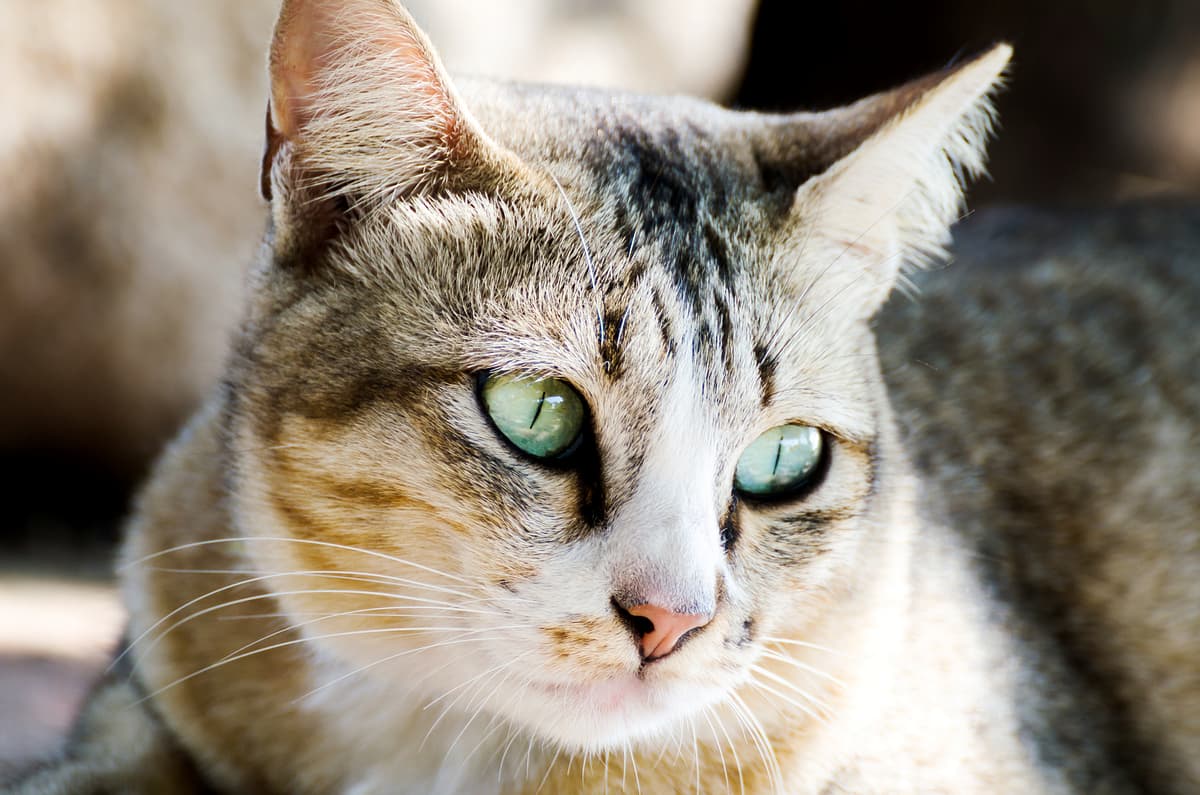Asian vs Norwegian Forest Cat
Discover the differences between Asian and Norwegian Forest Cat to make the best choice for your situation.
Try different breeds

Asian
Plush-coated and calm, this affectionate companion thrives in relaxed households. Known for a gentle, easygoing nature, British Shorthair cats blend easily into family life.

Norwegian Forest Cat
Majestic and affectionate, this sturdy cat charms with a thick, water-resistant coat and a gentle, playful spirit. Adaptable and loyal, it thrives in active households and quiet homes alike.
Quick comparison
Large
5–9 kg
Shorthaired, plush
12–17 years
4–7 kg
Low activity needs
Large
5–9 kg
Longhaired, water-repellent
12–16 years
3.5–7 kg
Moderately active
Personality & behavior
Compare the personality traits and behavioral characteristics of both breeds.
Asian
Calm and gentle with most people and pets
Learns routines and simple tricks easily
Prefers lounging to active play sessions
Enjoys toys but not highly energetic
Adjusts well to new environments and changes
Norwegian Forest Cat
Enjoys human company, gentle with children
Learns routines and new environments quickly
Moderate activity, enjoys climbing and exploring
Likes interactive games and toys
Adjusts well to home changes and new people
Care needs
Exercise, grooming, and daily care requirements
Asian
Hypertrophic cardiomyopathy, gingivitis
Norwegian Forest Cat
Glycogen storage disease IV, hypertrophic cardiomyopathy
Suitability
How well each breed fits different living situations and families
Asian
Highly suitable
Calm temperament makes them easy for beginners to handle and care for
Perfect fit
Adapt well to smaller spaces and low activity environments
Not ideal
Prefer relaxed settings and may not enjoy constant activity or noise
Great choice
Gentle and patient, usually tolerant of respectful children
Very friendly
Generally sociable and get along with other pets when properly introduced
Prone to loneliness
May develop separation anxiety if left alone frequently for long periods
Norwegian Forest Cat
Good option
Gentle and adaptable, but benefits from owners willing to learn grooming needs
Works with effort
Can adapt to apartments if provided climbing spaces and stimulation
Highly suitable
Enjoys play and activity, fitting well in energetic homes
Very friendly
Patient and gentle, generally tolerant of respectful children
Good companion
Gets along with other pets if introduced properly and given space
Not ideal
Dislikes long periods alone and may develop stress or boredom
Breed strengths
What each breed excels at and their best qualities
Asian
- Calm and easygoing temperament
- Tolerates children and other pets well
- Low grooming needs due to dense coat
- Adapts well to indoor living
- Generally robust and healthy breed
Norwegian Forest Cat
- Adaptable to various living environments
- Affectionate without being overly demanding
- Strong climbers with agile movement
- Thick double coat protects in cold climates
- Generally healthy with few genetic issues
Challenges & considerations
Potential challenges and considerations for each breed
Asian
- Prone to obesity if overfed
- Can be reserved with strangers
- May dislike frequent handling
- Needs stimulation to prevent boredom
- Susceptible to hypertrophic cardiomyopathy
Norwegian Forest Cat
- Requires regular grooming to prevent mats
- Prone to obesity if under-exercised
- Can be shy with strangers initially
- High prey drive may affect small pets
- Needs mental stimulation to prevent boredom
Ready to choose your perfect breed?
Learn more about each breed or compare other breeds to find the perfect match for your lifestyle.
Discover more helpful tools
Make use of our other free tools to get the most out of your pet experience
